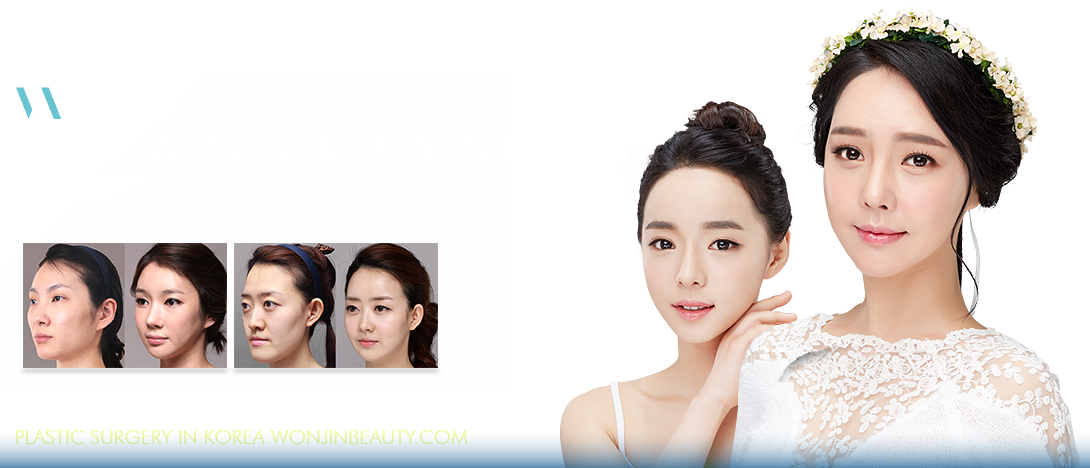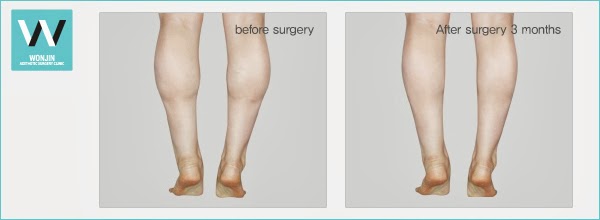How to quickly get slim and toned legs!
Slender and toned legs are considered very attractive, and it’s perfectly natural that women worry and want to get these kinds of legs. For women who have thick legs, it’s very possible that they have looked up information on how to slim their legs or get rid of fat from their legs. Unattractive legs can limit the styles of clothes that are able to be worn, and you may not want to particularly show them off. This complex about one’s legs can cause much stress as well as a loss of confidence.
As lifestyle habits have become more sedentary and the amount of people exercise has decreased, dieting has gained in popularity not only for health but aesthetic purposes as well. This posting will talk about dieting, especially for those who gain weight in their lower extremities easily, as well as how to reduce the chance of the “yo-yo” effect of dieting.
1. Do you experience the “yo yo” effect often? Focus on weight control.
The ‘yo-yo” effect is the biggest factor that causes people to fail in controlling their body weight. There is a body mechanism that is always working to keep our body fat and body weight stabilized in a certain ratio.What is the relationship between this ‘mechanism’ and dieting?
Let’s say there is a person stranded on an island for one month. This person who used to be 80kg drastically lost weight and became 60kg. Do you think this person’s weight will remain 60kg after returning to society? The answer is no. Once they start eating, they will quickly gain back weight. Our body’s ‘mechanism’ remembers our weight over the previous 6 months and sets it as a benchmark. In addition, drastic weight reductions usually involve severe caloric deficits which causes the body to go into ‘survival mode’. For someone whose body weight is usually 80kg, if they do not maintain their desired weight (say: 60kg) for a period of 6 months, then the body will try to revert back to the original 80kg.
Therefore, it can be said that dieting involves fighting not only with your weight but also with your body’s natural defense mechanisms.
The yo-yo effect occurs because even though we may lose weight, if we are unable to maintain this desired weight then our weight will ‘bounce back’ to what our body thinks is our ‘normal weight.’ So it is recommended that to lose the weight and keep it off, adopt dieting habits that will help you maintain your ‘new weight.’
> Inadequate diet and the yo-yo effect can intensify lower body obesity.
Although individuals can differ, most women start to gain weight around the buttocks and waist, and then gain weight on their face. However, the opposite occurs while losing weight and so there are people who appear slim overall (slender upper body) but who actually suffer from lower body obesity. Then, these people forcibly diet themselves to quickly lose weight and then experience repeated yo-yo effects. The best way to avoid this is to regularly follow a proper diet and try to maintain your weight.
2. The cause of thick legs (lower body obesity)
There are many people who have slim upper bodies but have lower body obesity and thick legs. Women with thick legs can feel hesitant about wearing clothing that shows the shape of their legs like skirts and jeans. Those concerned about their thick legs may wonder what causes lower body obesity and how to prevent it. The following are 3 main causes of thick legs (lower body obesity).
> Genetic factorsThe first cause of thick legs could be due to genetics, i.e. people are both with advanced bone and muscle structure. If parents have developed leg muscles, there is a high chance that their children will inherit these traits. Also, women who get their first period early or who have long menstrual periods have a higher chance of having thick legs. Female hormones cause fat cells to accumulate in the thighs and hips, and the more female hormones that are produced can cause one to gain weight quickly.
> A salty dietCompared to other areas, the lower body tends to get swollen easier. If you feel your legs get thicker during the day, it may be due to swelling. A salty diet can interfere with circulation as well as cause swelling and cause thicker legs. If your everyday diet is salty, it is recommended to adopt a less salty diet while drinking more water.
> Improper lifestyle habitsImproper lifestyle habits are also connected to swelling. When looking at people who have lower body obesity most are office workers or people who spend long periods of time seated. Being in the same position for a long time can also reduce circulation and cause swelling. Wearing tight clothing and shoes can also hinder circulation as well.
3. Want to quickly get improve your legs? Treatments available per desired parts.
> Slim only the areas you want with BodyJet liposuction.
> Firm flabby legs with BodyTite
> Smooth out areas where fat collects with Ultrajet liposuction.
> Remove much fat at once with the Erchonia laser.
> Get slim and shapely calves with non incision nerve block treatment.
For treatment times, reservations, and enquiries come check out our website
Website : http://wonjinbeauty.com
E-mail : w.beauty@pwj.co.kr



















